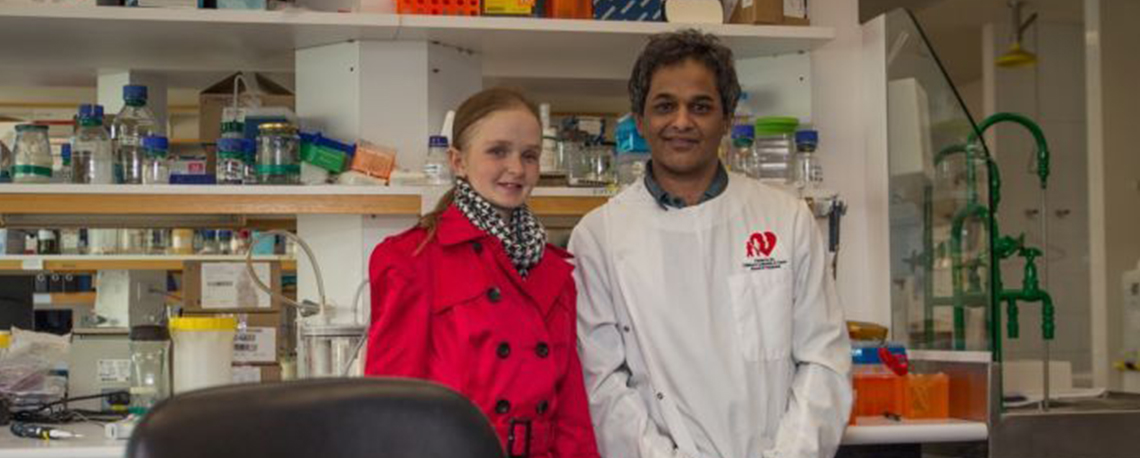
Leukaemia researchers use cells donated two decades ago to help treat babies
Source: ABC News – Saturday 23 July 2016
A young Western Australian woman has given an incredible gift to researchers who may have found a new treatment for babies with leukaemia. Georgia Lowry, now 22, had her cells donated when she was a sick baby, and two decades later those cells have been used by scientists to find a potential new drug treatment.
“When I was first diagnosed, they collected the cells,” she said. “They just wanted to find the owners of the cells, it was a miracle to [the researchers] that I’ve survived.” Ms Lowry’s parents were told she had a 2 per cent chance of surviving leukaemia when she got the cancer as a newborn baby and again when she was two years old. She said she received bone marrow transplants from her sister.
“You hear things about survival rates and usually it’s about 50 per cent or whatever and then for someone to say 2 per cent, I can’t imagine what Mum and Dad went through when they heard that,” she said.
Ms Lowry beat the odds, but many babies do not survive this aggressive type of leukaemia. That is why Dr Mark Cruickshank from the Telethon Kids Institute in Perth is working to hopefully find a new cure. Dr Cruickshank’s team used cells from Ms Lowry and other donors to replicate leukaemia in the lab, and by doing that were able to trial new drug combinations.
“So we focused on infants who have leukaemia,” he said. “There’s a very low rate of survival for [these] particular type of babies … their survival rate is only 30 to 40 per cent. “Because they’re so small, the babies can’t tolerate very high doses of drugs.”
Team wants drug combination to go through clinical trials
Dr Cruickshank said it was “exciting” one drug in particular enhanced the effect of an important drug that is commonly used to treat childhood leukaemia. It also appeared less toxic than the current drugs given to babies, which meant chemotherapy doses could potentially be reduced in combination with the new drugs, the researchers said. The team now want the new drug combination to go through clinical trials, and the research has been published in international journal Leukaemia.
Dr Cruickshank said it was special meeting Ms Lowry, because he got to know her genome so well during his work in the laboratory. “It was really fantastic,” he said.
Ms Lowry said she was proud of her contribution to science. “Every day they’re using [my cells] to experiment on and help them find different cures,” she said. Now that I know about it, it’s a pleasure to be there and be used for cures and for experiments.”
